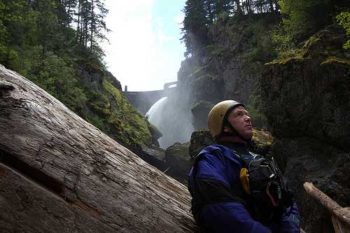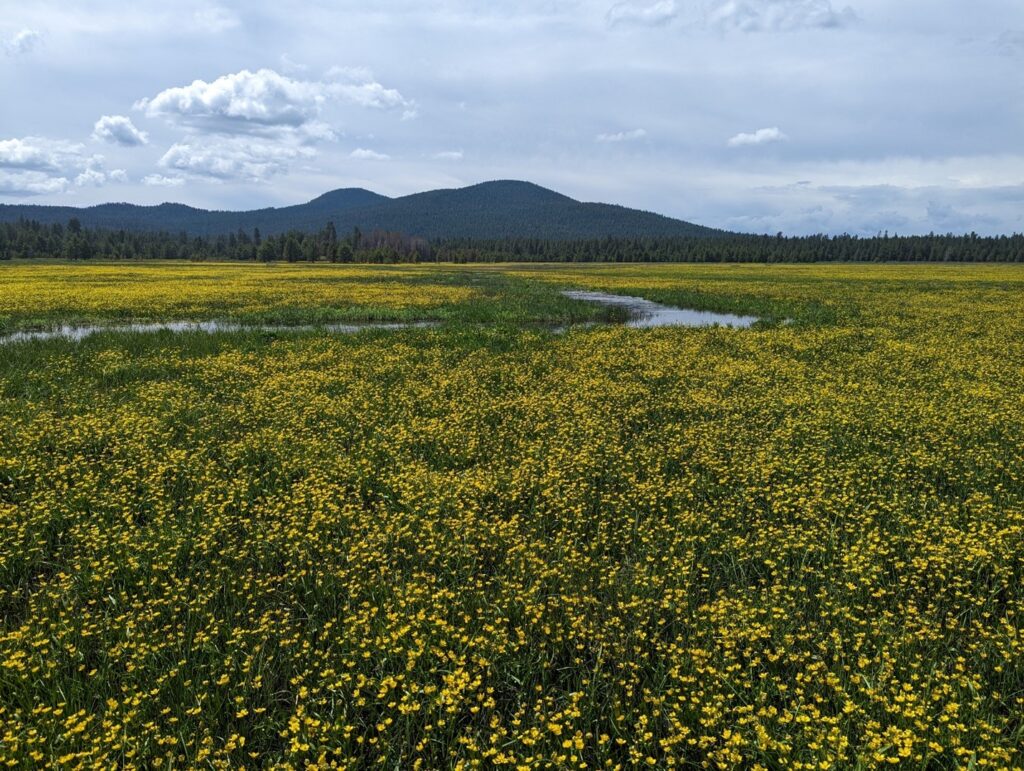With news that the Klamath River restoration project is back on track, many are wondering: is this the world’s biggest dam removal project?
That depends what you’re measuring. There have been projects with taller dams or more miles of habitat restored – but when you add it all together, the Klamath is arguably our nation’s most significant dam removal and river restoration effort.
Here’s how the Klamath compares to other projects:
Tallest?

Elwha River, WA | Photo: Tom O’Keefe
The four dams on the Klamath are big, but still not the tallest when it comes to dam removals.
The tallest dam on the Klamath is Iron Gate, at 173 feet high.
But Glines Canyon Dam, which came down a couple years ago on Washington’s Elwha River, was 210 feet tall.
Number of dams?
Other rivers have benefitted from multiple dam removals. For example, ten dams were removed on the Milwaukee River and five on the Baraboo River in Wisconsin. Six dams were removed on the Des Plaines River in Illinois.
But none of these dams were as big as the four dams on the Klamath.
Miles of habitat?

Veazie Dam breach on the Penobscot River, ME
The Klamath reservoirs total 15 miles, with four square miles of inundation. These are big reservoirs, with serious water quality impacts.
When the Klamath dams come down, salmon will have renewed access to more than 300 miles of historic habitat.
By comparison, the Elwha dam removal opened access to roughly 70 miles of habitat.
On Maine’s Penobscot River, removing two dams (Great Works in 2012 and Veazie in 2013) and installing fish passage at others has opened nearly 1,000 miles of habitat to migratory fish.
Price tag?
The cost of the Klamath dam removal and restoration will likely be around $340 million including insurance. The Elwha project cost roughly $324.7 million and the Penobscot project had a price tag of $54 million.
Overall significance?
On the Klamath, never before have four dams of this size been removed at once which inundate as many miles of habitat, involving this magnitude of budget and public works. More than 40 stakeholders – including tribes, irrigators, commercial fishing interests and conservationists – helped craft the Klamath agreements to remove the dams, restore habitat and resolve decades-long water management disputes.
The Klamath isn’t just a dam removal project, it’s an effort to improve water management across the basin and revitalize fishing, farming and tribal communities.
When you consider all of the aspects of the Klamath effort, it definitely stands out. American Rivers is proud to be part of it and we’re dedicated to continuing the hard work to keep the project on track, with dam removal beginning in 2020.





4 responses to “Could This Be the World’s Biggest Dam Removal?”
For those who are wondering what will be the energy source after this huge removal. Well, The choice of alternative energy source will depend on factors such as the local climate, availability of resources, and energy needs of the community. Majorly it will be Wind energy or Solar energy
Alternative-energy supplies are on the rise, e.g., wind power in the Columbia R. basin could now replace energy now produced by the 4 lower Snake R. dams, which have decimated Pac.-salmonid runs & reduced food availability for So Resident orcas. I’ve got solar panels on my house, too.
-Bob Vadas, Jr.
HUGE thanks to all involved! What a public service you have provided, the myriad of benefits are incalculable.
Need to get rid off all dams, can you imagine how many Salmon would reproduce if we just thought of nature… while were at it, remove all the nasty nuclear and coal power plants nation wide.. of course that would mean 57% of US power generation would be completely gone.. so let’s NOT get rid of stuff like that, it’s not in our national interests.